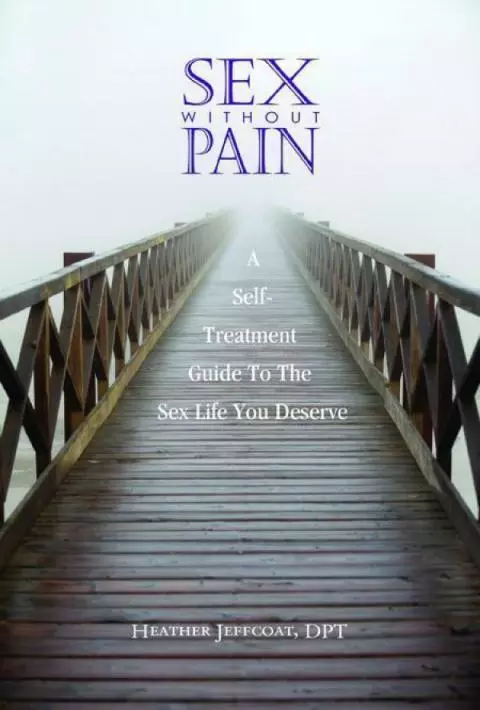A recent pilot study looked at how resilience affects patients with urinary chronic pelvic pain (UCPP) conditions and chronic overlapping pain conditions (COPCs). Resilience can be defined as the “capacity to adapt successfully to disturbances that threaten a patient's viability, function or development.” (Southwick et al., 2014) Resilience is now an important aspect in the treatment of pain, as it can increase psychosocial well‐being and the quality of life in patients living with chronic pain. (Casale et al., 2019)
Resilience levels and urinary chronic pelvic pain conditions
Previous studies have measured resilience levels in other chronic pain conditions. This was the first study to look at this relationship with UCPP. In this study the participants were placed in two groups, pelvic pain only and widespread pain (WP). All the participants rated their pain as well as answered several questionnaires which included the Pain Catastrophizing Scale (PCS), 17 Depression Anxiety and Stress Scale (DASS ‐21) 18 and 14 item‐Resilience scale (RS‐14).
Catastrophizing and Resilience
High levels of catastrophizing were found in both groups of patients (UCPP and WP), but those with widespread pain, and particularly females, demonstrated significantly higher levels of catastrophizing than patients with pelvic pain only. Consistent with other research they found poor resilience in patients living alone and not engaged in work activity. This observation demonstrates that emotional and social relationships improve resilience and well‐being.
Further research needs to be done to determine if catastrophizing is due to higher levels of pain and number of COPCs or vice‐versa. Other studies have observed that changes in catastrophizing are associated with improvement in pain intensity, depression levels, pain‐related anxiety and physical and psychosocial disabilities. (Giannantoni et al., 2021) Cognitive behavioral therapy (CBT) has demonstrated improvement in patient disability, pain and catastrophizing (Tripp et al., 2011) This supports the need for urinary chronic pelvic pain patients to participate in a multimodal treatment style to address all domains of pain.
At Femina Physical Therapy, we believe in an interdisciplinary approach to treating chronic pain. In most locations we offer physical therapy, massage therapy, somatic stress therapy and resilience building.
Use this link if you are ready to make an appointment with one of our trained physical therapists.
References
Casale R, Sarzi‐Puttini P, Botto R, et al. Fibromyalgia and the concept of resilience. Clin Exp Rheumatol. 2019;37:S115‐S113.
Giannantoni, Antonella, et al. “Resilience in the Face of Pelvic Pain: A Pilot Study in Males and Females Affected by Urologic Chronic Pelvic Pain.” Wiley Online Library, John Wiley & Sons, Ltd, 25 Mar. 2021, onlinelibrary.wiley.com/doi/10.1002/nau.24659.
Southwick SM, Bonanno GA, Masten AS, Panter‐Brick C, Yehuda R. Resilience definitions, theory, and challenges: interdisciplinary perspectives. Eur J Psychotraumatol. 2014; 5(1):25338.
Tripp DA, Curtis Nickel J, Katz L. A feasibility trial of a cognitive‐behavioural symptom management program for chronic pelvic pain for men with refractory chronic prostatitis/chronic pelvic pain syndrome. Can Urol Assoc J. 2011; 5: 328‐ 332.













